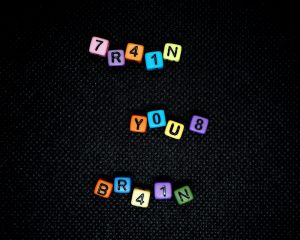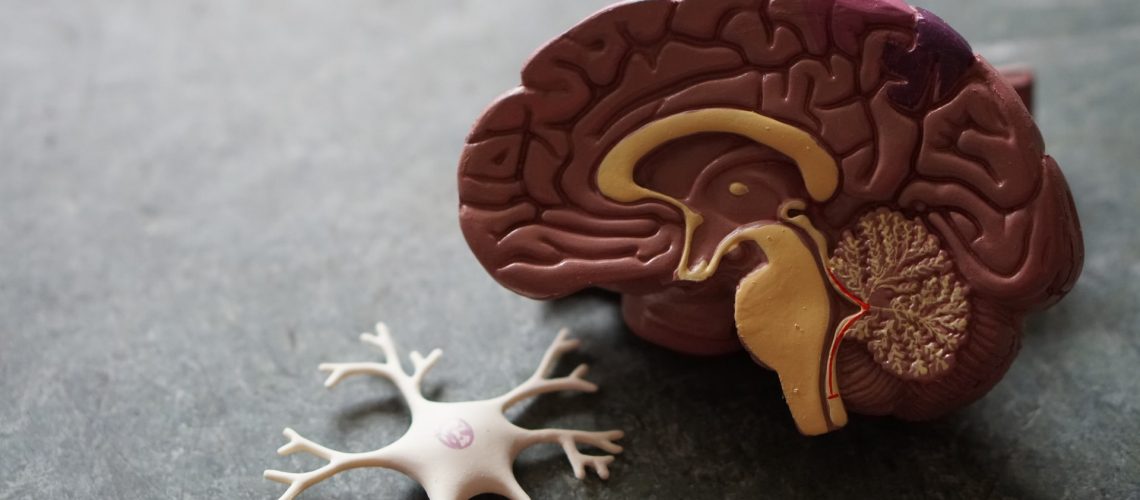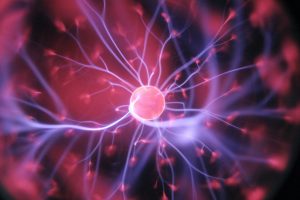How do we improve our ADHD Brains with Neuroplasticity?
Besides my day job in finance, I try to read and write as much as possible. Currently, I’ve been reading a lot of books on meditation. However, I do throw in some fiction books occasionally. While reading has the obvious benefits of learning knowledge, writing strengthens the ability to distill that knowledge into a cohesive and understandable statement.

Reading provides an endless opportunity to learn and grow our knowledge. However, one of the often forgotten conveniences of reading is its portability. You can read the same book on your tablet, eReader, cell phone, and computer, with each device syncing your latest read page across all your devices. Then, of course, there’s also the paper book, needing no cords or batteries.
Reading also provides an opportunity to relax and be told a story. Reading has the ability to engage us with new knowledge, relax us with calming stories, and relate to us through passionately written pages.
Conversely, writing has a unique ability to force us to organize our thoughts on a subject. Writing needs to cohesively summarize and hypothesize our thoughts into a clean statement that others can readily understand for writing to be effective. Writing forces us to organize and structure our thoughts around themes and plots mentally.
A true test in acquiring and understanding knowledge is explaining and relaying that knowledge through writing. That’s why teachers use essays to help students organize their understanding of new knowledge and assess that understanding.
In both reading and writing, there is an opportunity to practice concentration. For ADHD, this means being mindful of not reading for too long in a single session. If we do, we risk the chance of losing track and focus on what we are reading. This inevitably leads to rereading sections.
With ADHD and writing, the same lessons of concentration apply. If we write for too long in a single session, we begin to lose focus. When we lose focus, our writing begins to express less cohesion and organization. This is a prime opportunity to practice new techniques for concentration or strengthen our current method of concentration.
The practice of concentration in reading and writing can lead to positive changes in our brain functions. This revolves around neuroplasticity, which is the idea that our brains can grow and rebuild.
Neuroplasticity is generally described as the brain’s ability to reorganize synaptic connections, create new neural pathways, and shift workloads to accommodate brain injuries. Essentially, our brains can adapt and change based on new learning and new experiences.
Broadly, neuroplasticity is grouped into two main categories, functional and structural plasticity. Functional plasticity is the brain’s ability to shift workloads away from damaged brain areas to alternate areas of the brain. Structural plasticity is the brain’s ability to adapt and change physical regions of the brain based on new experiences and learning.
For ADHD, neuroplasticity can allow us to improve our concentration and improve our performance. Specifically, neuroplasticity can change and improve the performance of our prefrontal cortex. The prefrontal cortex is one of the main areas of our brain that is affected by ADHD.
This doesn’t mean that ADHD medication isn’t as effective as neuroplasticity or that neuroplasticity replaces ADHD medication. On the contrary, I think both are complementary, helping our ADHD brains in different ways. It’s more akin to synergy, where neuroplasticity can augment the advances made by ADHD medication.
I’ll dive deeper into this science in later articles, but I wanted to introduce the potential of neuroplasticity for ADHD.
This post may contain affiliate links that earn us a commission when you buy through our product links. For our full disclosure, please visit our Privacy Policy page.






